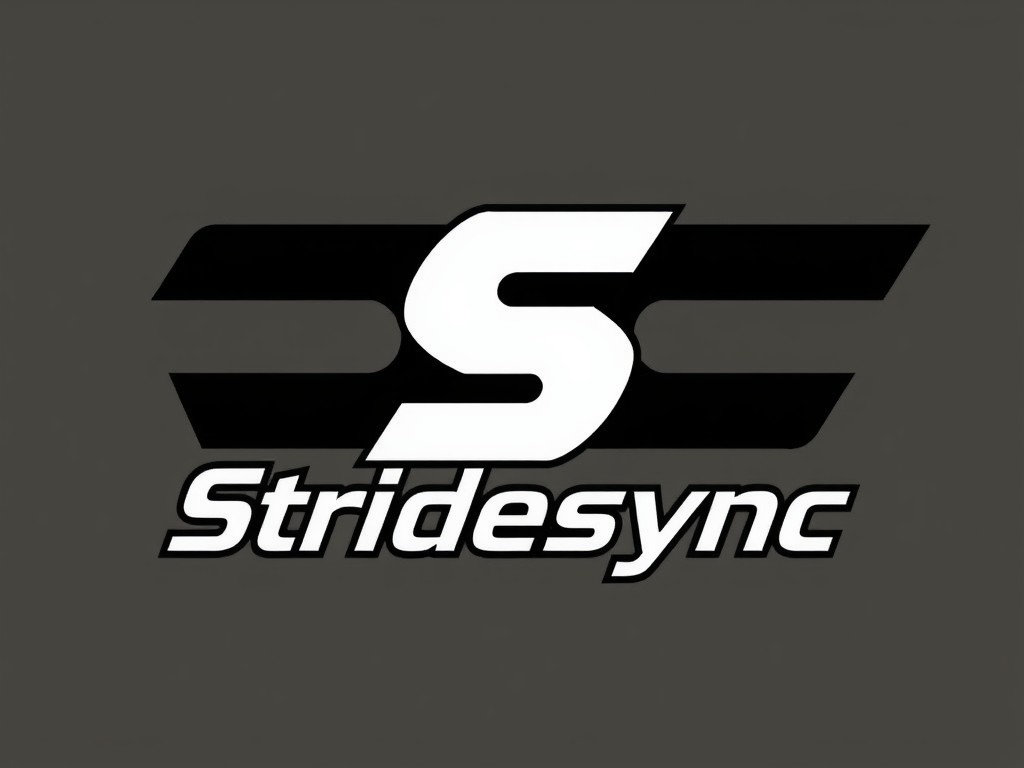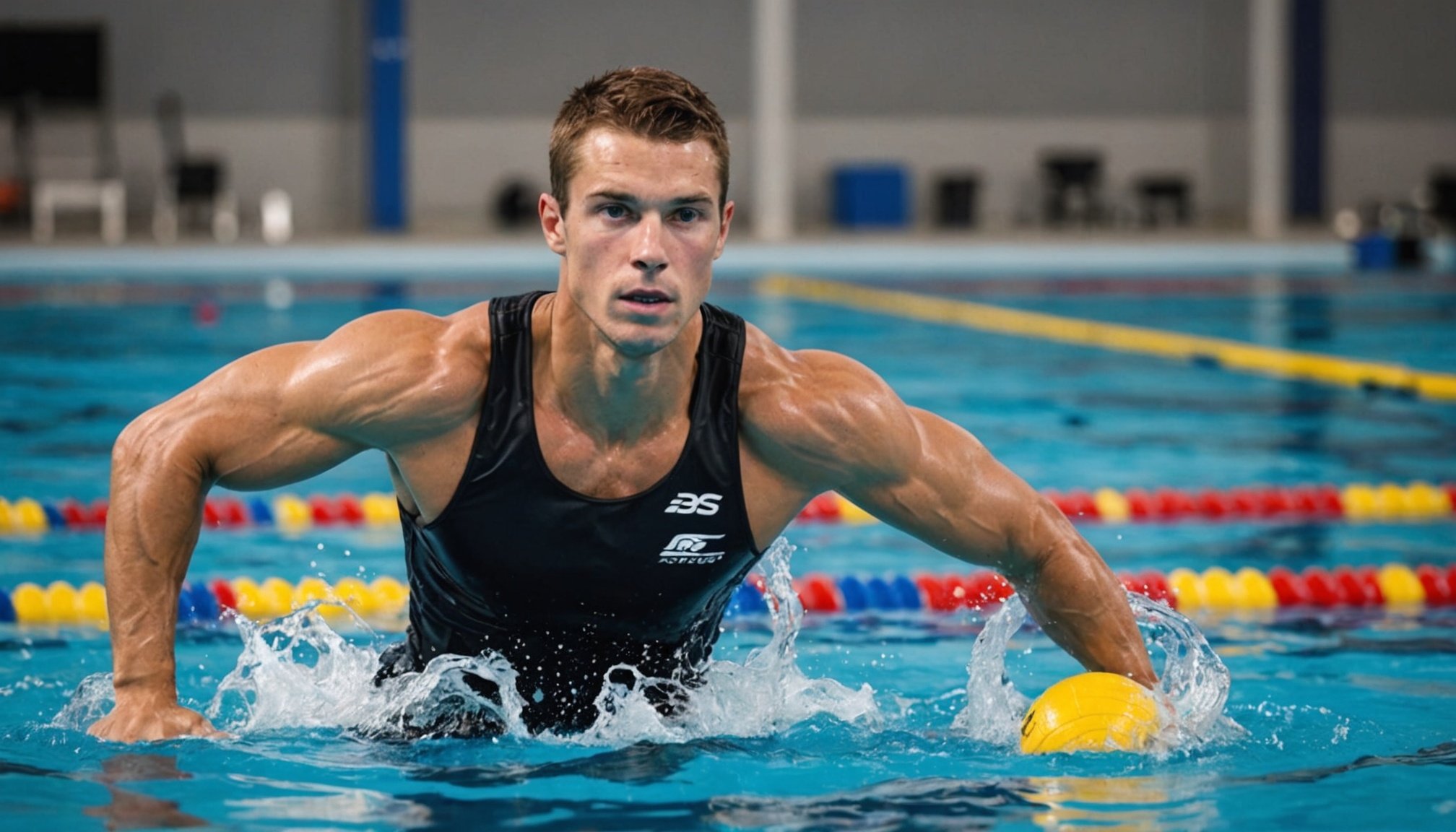The world of sports and athletics is perpetually evolving, with groundbreaking research constantly unveiling new practices and techniques that can enhance an athlete’s performance. Amongst the myriad of methods that have emerged over the years, the integration of aquatic exercises for post-workout muscle recovery has piqued considerable interest. The primary query that arises is: Can these water-based exercises truly accelerate muscle recovery in athletes?
The Science Behind Muscle Recovery
Before we delve into the advantages of aquatic exercises for muscle recovery, it’s crucial to apprehend the science of muscle recovery. Following a strenuous workout or competition, your muscles undergo intense physiological changes. Micro-tears develop in the muscle fibers, which instigate an inflammation response, leading to typical post-workout sensations like soreness and stiffness.
In the same genre : How do different floor materials impact the efficacy of jumping exercises?
The body’s natural healing process repairs these micro-tears, making the muscle fibers stronger and more resistant to fatigue in the process. This is known as muscle recovery, and it’s a vital part of training – a period when the body adapts to the stress of exercise and realigns its resources to restore muscle tissue.
Aquatic Exercises: The Underlying Principles
Aquatic exercises are physical workouts performed in water, usually a pool. The unique properties of water – buoyancy, resistance, and hydrostatic pressure – offer distinct benefits that can potentially accelerate muscle recovery.
Also to read : How does the timing of hydration affect muscle elasticity during long workouts?
Buoyancy reduces the impact of movements on the joints, providing a low-impact environment that can be beneficial for athletes recovering from intense workouts. The resistance offered by water allows for a wide range of motion exercises that work different muscle groups, while hydrostatic pressure aids in reducing swelling and improving circulation.
Potential Benefits of Aquatic Exercises for Muscle Recovery
Several studies have suggested that aquatic exercises can indeed expedite the muscle recovery process. Here’s how:
-
Enhanced Blood Circulation: The hydrostatic pressure of water promotes venous return, the process of blood returning to the heart. Improved blood circulation can expedite the delivery of nutrients to muscle tissues, promoting faster recovery.
-
Reduced Muscle Soreness: The buoyancy of water can assist in easy movements, reducing muscle stress and preventing further muscle damage. This can result in decreased muscle soreness post-workouts.
-
Increased Flexibility and Range of Motion: Water provides resistance in all directions, which can help improve flexibility and range of motion – both crucial for muscle recovery and regeneration.
-
Stress Relief: Water has a calming effect on the mind and body, contributing to stress reduction. Lower stress levels can support quicker muscle recovery as stress can prolong the recovery process.
Implementing Aquatic Exercises into Recovery Regimen
Incorporating aquatic exercises into an athlete’s recovery regimen requires careful planning. The type and intensity of the aquatic exercises should align with the athlete’s overall training program and recovery needs.
Typically, an aquatic recovery session might include light swimming, water walking or jogging, and specific stretching and strengthening exercises. It’s essential for athletes to consult with their coaches or sports therapists to design an individualized aquatic recovery program that best suits their needs and complements their training schedule.
Aquatic Exercises: A Comprehensive Recovery Tool
The integration of aquatic exercises in an athlete’s recovery protocol seems promising. From improving blood circulation and range of motion to relief from stress, these exercises offer a plethora of benefits. While the science behind its effectiveness is still being explored, the preliminary research and anecdotal evidence suggest that aquatic exercises can indeed accelerate muscle recovery.
Remember, the best recovery strategy is always one that is tailored to an individual’s needs. As such, while aquatic exercises can be beneficial, they should be part of a comprehensive recovery plan that also includes nutrition, sleep, and other recovery techniques.
Ultimately, the goal of any recovery strategy is to allow athletes to return to their training regimens quickly and safely. If aquatic exercises can expedite this process and improve athletes’ performance, they indeed warrant consideration in the broad spectrum of sports science.
Limitations and Concerns
While the prospects of aquatic exercises for muscle recovery are promising, it’s important to consider potential limitations and concerns.
Firstly, accessibility can be a hurdle. Not every athlete has access to a suitable aquatic environment, such as a heated pool, required for these exercises. Besides, the availability of professional guidance, which is crucial for the effective implementation of aquatic exercises, can also be a factor that restricts its widespread adoption.
Secondly, safety concerns should not be overlooked. Athletes must possess competent swimming skills to perform these exercises safely. Additionally, conditions like open wounds, skin disorders, or certain cardiovascular diseases may limit an athlete’s participation in aquatic exercises.
Finally, as the scientific understanding of the benefits of aquatic exercises for muscle recovery is still maturing, there might be aspects that are not yet fully explored. Thus, the effectiveness of aquatic exercises could vary among individuals due to factors like their fitness level, type of sport, and specific muscular demands.
Conclusion
In conclusion, the integration of aquatic exercises into the recovery regimen of athletes appears to be a promising avenue for enhancing muscle recovery. The unique properties of water and their potential benefits in terms of improved circulation, reduced soreness, increased range of motion, and stress relief make aquatic exercises a viable tool for muscle recovery.
However, like with any other recovery modality, it’s crucial to individualize the approach keeping the athlete’s specific needs, capabilities, and constraints in mind. Moreover, due to the potential limitations and concerns, athletes should always consult with professional trainers or therapists before incorporating aquatic exercises into their recovery routine.
As the world of sports and athletics continues to evolve, the exploration of innovative recovery strategies, including aquatic exercises, will remain at the forefront. The continued research and understanding of these methods will complement traditional recovery techniques, potentially leading to quicker recovery times, safer training environments, and ultimately, enhanced athletic performance.











